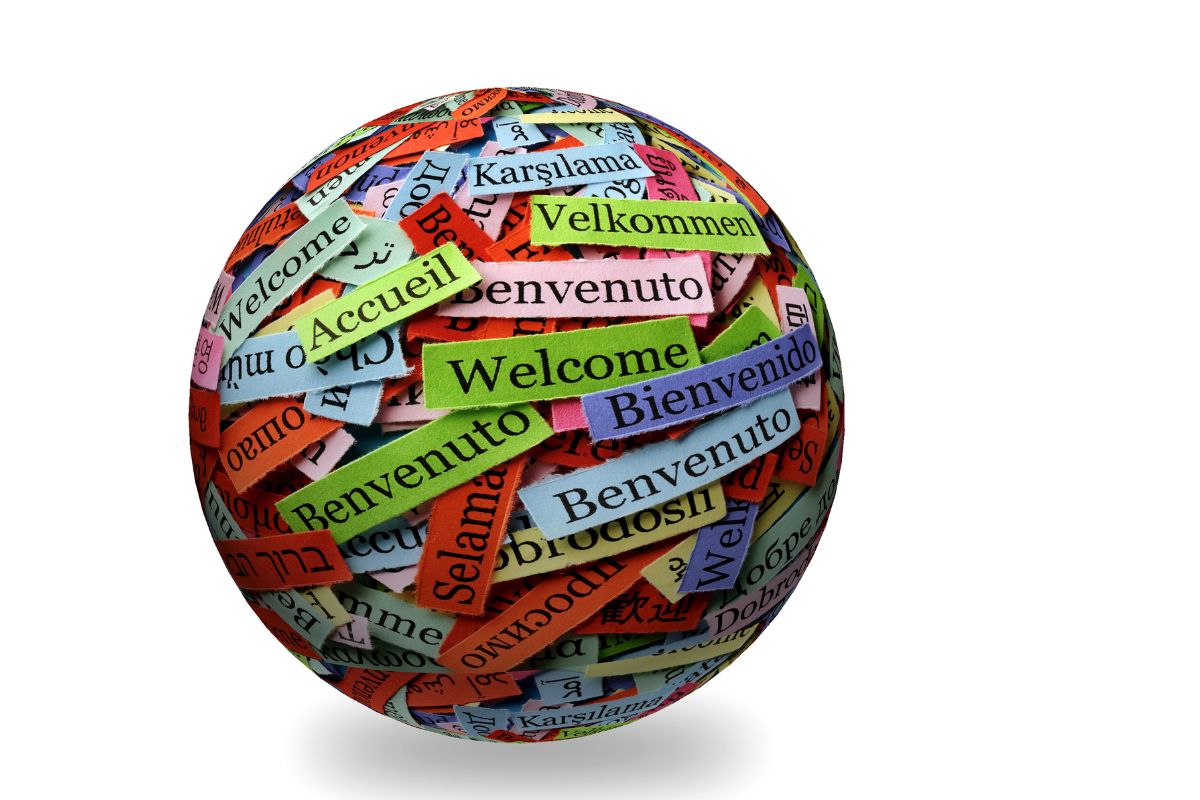Businesses must consider the needs of a diverse audience, recognizing that today’s global marketplace is made up of individuals from various cultural backgrounds, languages, and regions. Multilingual websites are key to expanding your reach and providing a seamless experience for users in different regions. Handling multiple languages on your website may seem challenging, but with the right approach, it can significantly enhance your customer engagement. WebDev200, a leader in web design and development, offers solutions to simplify this process and help your business succeed internationally.

Choosing the Right Language Options
When creating a multilingual website, the first step is determining which languages to support. Understanding your target audience and where they are located is crucial to making this decision.
Tip: Start by identifying the regions where your business operates or plans to expand. Choose languages based on the demographics and markets that matter most to your business. Offering multiple languages will help your site reach more potential customers while also improving their experience by providing content in their native language.
Website Localization: Beyond Translation
Localization is more than just translating text on your website. It involves adapting your content to fit the cultural and regional preferences of your target audience. This may include adjusting dates, currencies, images, and other elements to make your website more relevant to users in different countries.
Tip: Work with web design experts like WebDev200 who understand the importance of localization. They can ensure that your website’s design and functionality work well for users from various cultural backgrounds, offering a personalized experience.

Managing Multilingual Content Efficiently
Maintaining content in multiple languages can become complex as your website grows. It’s essential to have a system in place that allows for easy content management across all language versions of your site.
Tip: Invest in a content management system (CMS) that supports multilingual functionality. A good CMS will allow you to update and manage your content in multiple languages from a central location, reducing the risk of errors and ensuring consistency across your website.

Optimizing for SEO in Multiple Languages
Search engine optimization (SEO) is a critical part of any website strategy, and it becomes even more important when managing multilingual content. Each language version of your website should be optimized for the local search engines, which may have different ranking factors.
Tip: WebDev200 can help optimize your multilingual website for search engines by creating language-specific SEO strategies. This may include adjusting keyword strategies, meta descriptions, and ensuring the right URLs are used for each language version of your site.
Ensuring a Seamless User Experience
A multilingual website should provide a smooth, intuitive user experience regardless of the language. Ensuring that visitors can easily navigate your website and switch between language versions is essential.
Tip: Make the language selection process simple by offering a visible language switcher that’s easy to use. You should also test your website on different devices to make sure the experience remains consistent for all users.Handling multilingual websites doesn’t have to be overwhelming. By choosing the right languages, focusing on localization, using efficient content management systems, optimizing for SEO, and ensuring a seamless user experience, your business can successfully expand its reach globally. WebDev200 offers expertise in web design and development to help businesses manage multilingual websites with ease, ensuring that every visitor has a positive experience.

